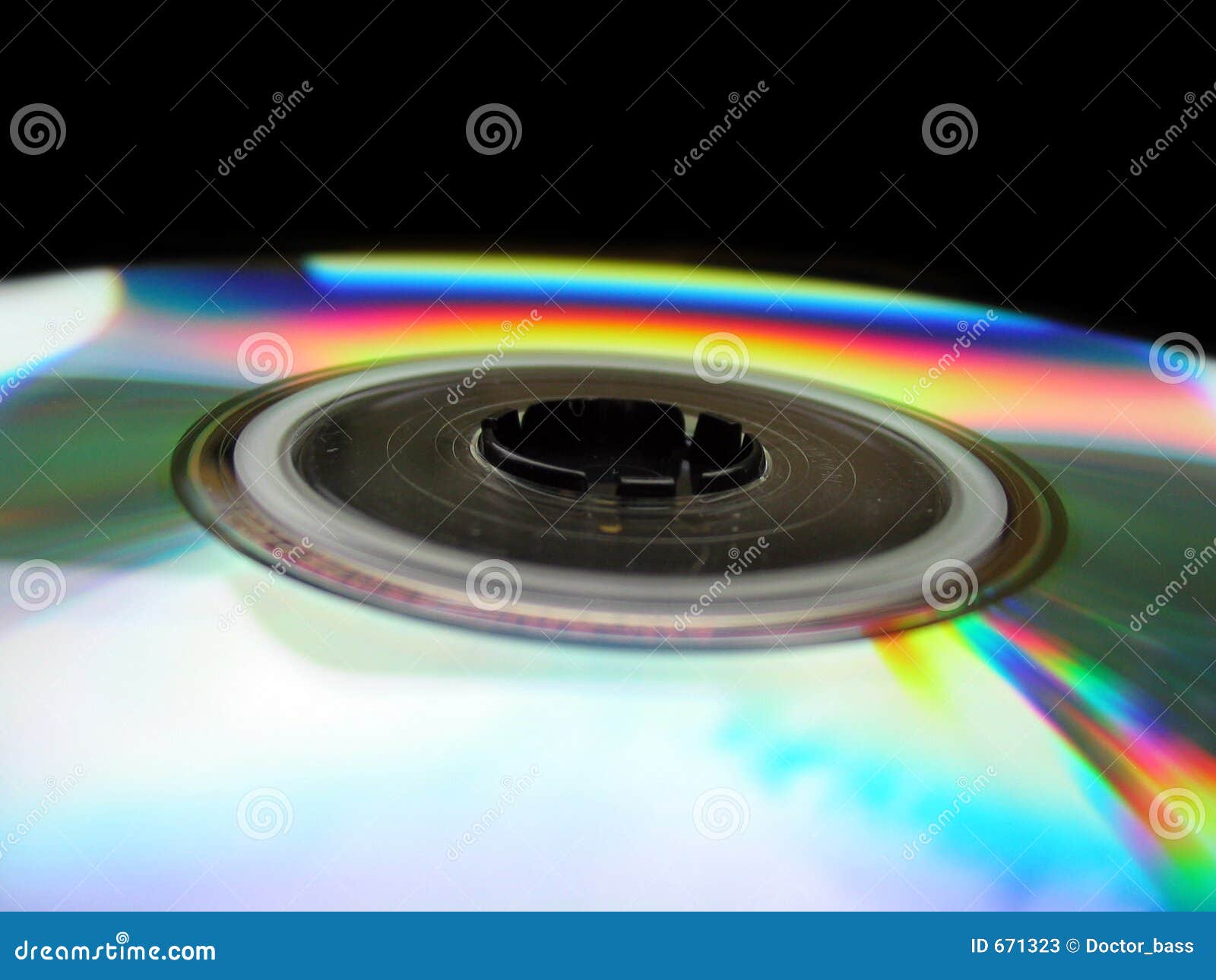- +39 3406487807
- studioartem@studioartem.it

By tapping into a custom recovery environment, such as TWRP, you can create full system image backups of your device. In this case, a NANDroid backup allows you to virtually clone your entire system and restore it precisely how you left it, and all app data is included. However, you’ll need an unlocked bootloader, a device with TWRP support, and a little know-how to make it happen. Once you physically connect your Android phone to a computer with a USB cable, you can transfer the files directly to your internal storage. That might include music, photos, documents, and your Google account data. Alternatively, you can purchase a dedicated external storage device for your Android backup needs. And if you want to back up your apps and device settings, use one of the previous offline methods, such as Swift Backup.
Now, download Stock Recovery image [HERE] for your CID, rename it to stockrecovery.img and save it into the ADB installation folder. Save the renamed zip file to your phone’s internal storage. The restore process is a bit faster than the backup process and when it’s done, you’ll get a restore user data complete notification as shown below. Reboot your phone when you’re done and make sure you never make the mistake of deleting those backup files. First of all Download the ‘Doogee Y6 flash file zip‘ which is given above and extract it on your computer’s desktop. If you root or install a custom ROM you void your warranty.
We’ll go over the most popular and reliable ones down below. It is important to know that your firmware needs to be backed up before you make any changes. Back up your MTK Android firmware is a very important aspect of the whole process and it is worth mentioning here. The device will not work properly without stock firmware the correct backup in place. Next up, you will also have to enable USB Debugging and OEM Unlocking on your device.

This guide has covered all the necessary steps needed to install TWRP without a PC, so you can rest assured that your device is in safe hands. If you are a rooted user, you can easily extract Boot.img directly from device without downloading full firmware. Users who have TWRP installed will not need to download the complete firmware. They may easily obtain the boot.img file from their device’s firmware. This approach is also not device-specific; you can use it on any device that has TWRP installed. Installing TWRP recovery is the most important aspect of installing custom roms.